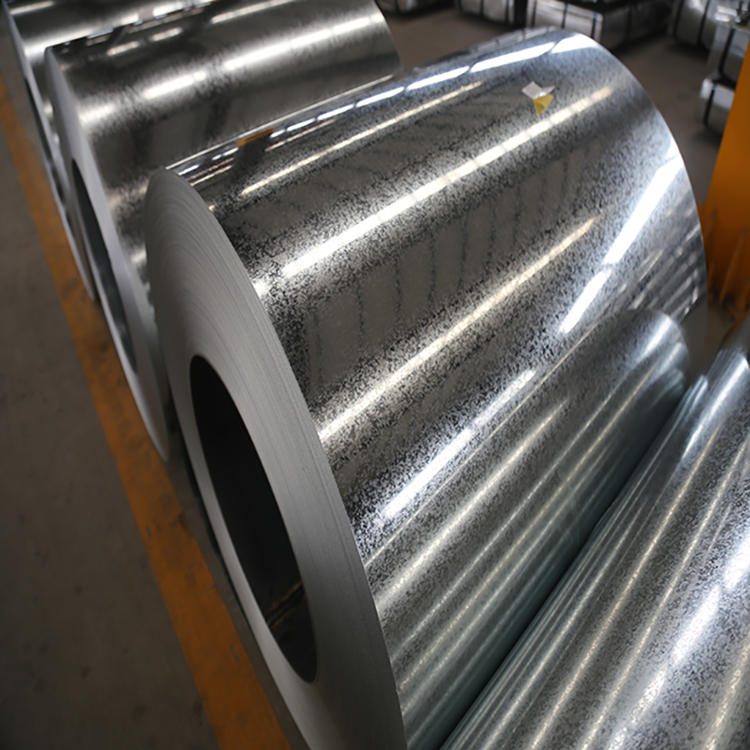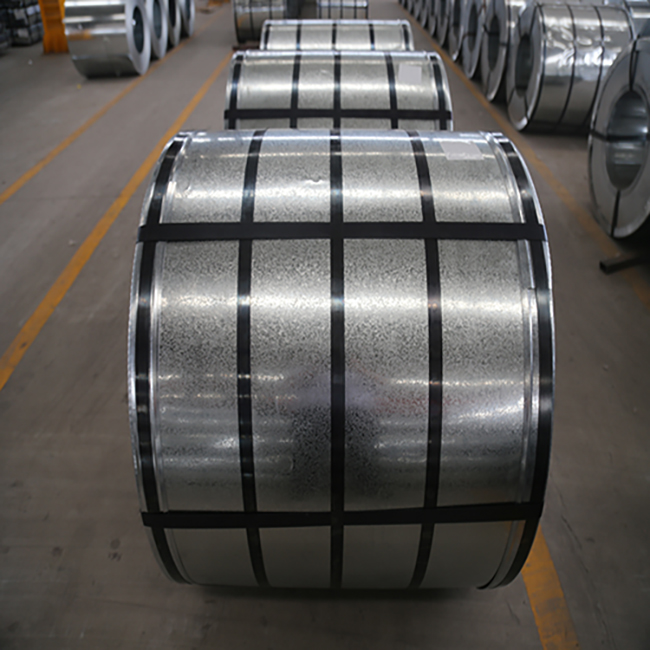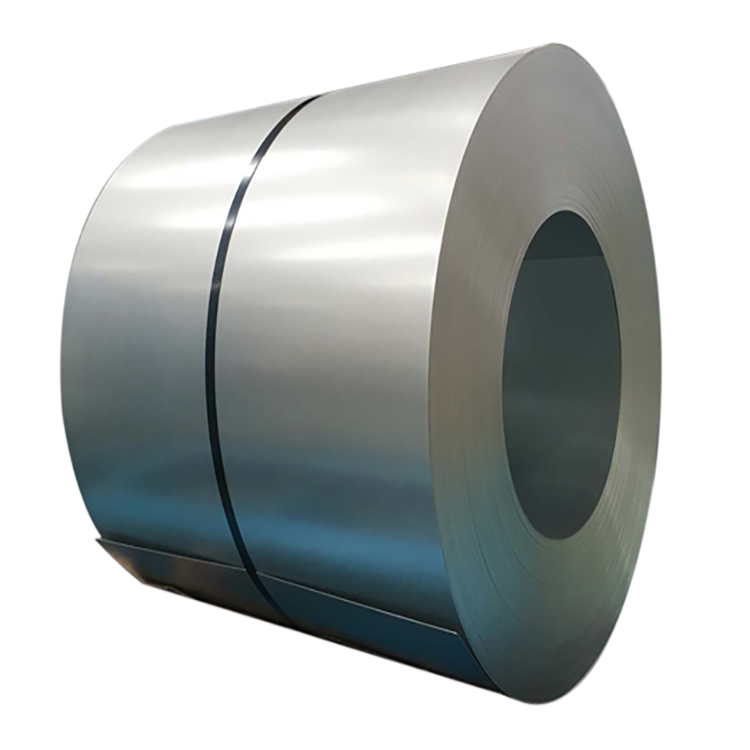First, facility vegetable management (1) Strictly prevent major storms and snow disasters The wind, rain and snow meteorological disasters brought by the super cold wave will vary from place to place, and all localities should strengthen their prevention. 1. It is necessary to appropriately increase the pillars in the sheds with weak skeletons, strengthen the skeleton of the greenhouses, and improve the ability of the shelters against wind and snow disasters. 2. It is necessary to close the shed, compress the shed film, and fix the outer insulation covering to prevent wind damage. 3. It is necessary to remove the snow on the shed in time to prevent the shed from collapsing due to heavy snow and heavy snow. 4. It is necessary to clear the drainage ditch in the shed area to ensure the smooth drainage system and prevent rainwater from pouring into the shed. (2) Strengthening heat storage and heat preservation measures 1. Appropriate warming and heat storage during the day. All localities should take advantage of the short cold rain, snow and snow weather process. After the weather turns fine, increase the temperature management index of the shed during the day to increase heat storage and cope with the continuous low temperature. Cucumber, loofah, bitter gourd, cowpea, watermelon, melon and other warm and heat-resistant vegetables, the temperature of the greenhouse should be maintained at 30~35 °C as much as possible; tomato, zucchini and other thermophilic vegetables, the temperature of the greenhouse should be as much as possible during the day. Maintain at 24~28 °C; other warm vegetables, the temperature of the greenhouse should be maintained at 28~32 °C during the day; the room temperature of cold vegetables should be increased during the day. The temperature index of the outer cover covering in the afternoon should be increased by 2~3 °C before the cold wave strikes. The above is an emergency warming and heat storage management measure. When the weather is warmed up until the cold wave comes, the greenhouse temperature is restored to the conventional management index. 2. Increase the external insulation coverage. Before the cold wave hits, it is necessary to add a layer of plastic film on the outer insulation cover of the grasshopper and the moisture-absorbing heat insulation to prevent the outer insulation cover from absorbing water and reducing the heat preservation effect, so as to facilitate the removal of snow on the shed. 3. Strengthen internal insulation measures. Add a heat preservation curtain in the shed, open it during the day and hang it at night. Thick insulation curtains are placed on the connecting door between the buffer room and the greenhouse. A simple medium shed and a small arch shed are added in the large shed, and three sheds and four membranes are formed at night; there are idle shade nets or non-woven fabrics, and at night, the shading net and non-woven fabric can be covered on the inner thermal insulation small arch shed. (3) Taking emergency compensation measures When the temperature of the shed room of the warm-temperature vegetables is continuously lower than 5 °C, and the temperature of the shed room of the cold-cooled vegetables is continuously lower than 0 °C, temporary warming measures such as electric heating fans and hot blast stoves should be used, or in the cultivated sorghum soil. Lay the geothermal line and increase the temperature and temperature when necessary. (4) Enhancing plant resilience 1. Spray foliar nutrition. In order to enhance the plant's resistance to stress, it is advisable to spray 0.3% potassium dihydrogen phosphate + 0.3% calcium nitrate + 1% glucose solution on a sunny afternoon after the cold wave, and spray it with pest control agents. 2. Strictly control irrigation. It is strictly forbidden to water before the cold wave strikes and after the low temperature period after the invasion, so as not to reduce the ground temperature and increase the cold damage and frost damage. Return to normal water management after the weather gets warmer. Winter and spring facilities vegetable watering should be done "three pouring three not pouring", that is, watering on sunny days, not pouring on cloudy days, watering before noon, not pouring in the afternoon, pouring small water, not pouring large water. The water temperature for irrigation should be above 10 °C. 3. Fruits and vegetables are harvested in time. Chili, tomato, cucumber and other warm fruits and vegetables should be harvested early, so as not to increase the burden on plants, resulting in weakened plants and reduced resistance. Second, open field vegetable management (1) Management of open field vegetables in the Yangtze River Basin The winter open vegetables in this area mainly include winter vegetables, cabbage, lettuce, spring cabbage, lettuce, garlic, red cabbage and other cold vegetables. In addition to spring cabbage, they are in the stage of successive harvesting. Super cold wave invasion not only affects Harvested and transported, and it is easy to cause freezing damage. It should be harvested in time before the cold wave strikes; the vegetables in the field should be cleared to prevent water accumulation in the field; if necessary, it should be covered with a plastic film of 0.02~0.03 mm thickness, non-woven fabric or shade net. The material is directly covered with floating surface to protect against cold; during the cold wave, try to get more listings, and increase the supply. After the cold wave, we must do everything possible to strengthen the sunshade coverage, delay the freezing and thawing process, and prevent the loss of commercial property from frostbite. (2) Management of open field vegetables in the southwestern hot area of ​​South China The winter open vegetables in this area include both warm-blooded fruits such as eggplant melon beans and chilled roots and leaves, such as radish and cabbage. In the face of super cold wave invasion, the focus is on cold-proof insulation work according to local conditions. First, actively cover the cold, can be directly covered with vegetables with thin plastic film, non-woven fabrics, straw, etc., must be removed when the weather is warm after the cold wave, so as not to affect photosynthesis. The second is to create a fence to avoid the wind and cold, you can use the corn poles or roasting tobacco rods to dig small trenches into the fence, and set a fence every 5~6. The third is to ash and store heat and cold, so that a thin layer of grass ash can be sprinkled between the vegetables and the rows before the cold damage occurs. The fourth is to protect the roots from the cold, and carry out the cultivating and cultivating the roots before the cold wave strikes to resist the low temperature freezing damage.
Galvanzied Srteel Coil
GI/galvanized steel coill/steel coil have superior performance and ideal corrosion resistance, forming, coating and other comprehensive properties, and are mainly used in construction, automobile, metallurgy and electrical appliances industries. A new 350,000-ton continuous galvanizing unit has been added to our company. This unit adopts the US steel combined production process, which is galvanized strip after cooling by hot galvanizing, and has the functions of smoothing, tension straightening, passivation and oiling. It can produce all kinds of galvanized steel sheets with thickness of 0.13-1.2mm and width of 700-1250mm.
The hot dipped galvanized line of our company possesses high-tech advanced equipments,smoothing machine ,narrow lap welding machine,straightening machine.First class equipment,first class products.
Galvanized Coil,Cold Rolled Steel Plates,Steel Coil,GI Steel Coil,Galvanized Steel Coil,Hot-dip Galvanized Steel Coil Shandong Hengfeng Group , https://www.luhengfeng.com




Total 1 | <First <Prev 1 Next> Last> |
share to: